When it comes to antiquities, pyramids and other wonders of the world usually come to mind, at most someone can remember Stonehenge. Few people think about Ireland, a very small island nation. Meanwhile, one of the most ancient sights in the world is located here, the mounds in the valley of the Bóinne River or Brú na Bóinne. Book your guided day tour from Dublin here.
How to visit Brú na Bóinne Mounds?
Self-guided tour
You can come to see the mounds at any time of the year. They are located just 40 km from Dublin, the capital of Ireland. If you are traveling by car, getting to the mounds is not difficult (you can rent a car for a vacation here, for example).
Keep heading for the village of Donore, two kilometers from it there is the Brú na Bóinne Visitor Center, through which everyone who wants to get to the mounds needs to pass. Here you can park and transfer to shuttle buses to Newgrange and Knowth mounds. Visitors make their own way to Dowth Mound via the north bank, a couple of miles from the Slane-Drogheda road. You will find the map at the visitor center.
Choose a hotel near the moundsKnowth is open for visits from Easter until October 16, Newgrange is open all year round, except for a few days in December (24–27), when there are excursions to the inner room. The operating time of the complex depends on the season, most often it is 8 hours, from 09:30 a.m. to 5:30 p.m.
An entrance ticket to the mound complex costs:
- €8 for adults,
- €4 for children of 12–18 years old
With an organized tour
You can book an individual tour, but most tourists are happy with regular bus excursions. There are several options of transfers to the mounds: you can choose a cruise ship, a large tourist bus or a minibus from Dublin.
Often a tour of the mounds is combined with other interesting places along the way, for example:
- Old Mellifont Anney;
- Slane Castle;
- Hill of Tara;
- medieval towers;
- and many more.
For a fascinating guided tour of the Bóinne Valley Mounds, follow this link.
You can book an affordable tour to the mounds with a guide, for example, at this link or just choose a date in calendar:
How old are Brú na Bóinne mounds?
Radiocarbon analysis was invented in 1946, it is still one of the most reliable methods for determining the age of archaeological finds. Relying on it, we can say for sure that the mysterious Irish mounds were built in 2750–2250 BC. This means that they are more than 5000 years old. This is 1000 years older than the world-famous Stonehenge, and 500 years older than the Egyptian pyramids.
Mounds origin
We don’t know much about how the society of those years was organized. Researchers have different options: some consider Brú na Bóinne to be a common craft of ancient farmers, the construction of which took centuries. There are supporters of the mystical version, who claim that the mounds are a fragment of an ancient civilization, the same or even more developed than ours. Some people even suggest a theory about the visit of aliens.
The classical version of archaeologists comes down to the fact that the Bóinne Valley for the ancient Irish was a sacred place where sacrifices were made to the gods and the dead were buried. The descendants of those who erected the mounds continued to use them as cemeteries, so while excavating around them, many graves from different eras were discovered.
The buildings turned out to be useful for more than one or even two generations. After the Neolithic builders, they were mastered by representatives of the Bronze Age, the «culture of bell-shaped cups», the Celts, the Normans and the medieval Irish. The early inhabitants of this area were wary of the mounds, believing that they were inhabited by magical people, the mysterious race of Tuaha De Danann, worshipers of the goddess Danu, who went underground after being defeated in a battle with the sons of Mil, another mystical tribe. The Tuaha Dé Danann, according to the legend, were of quite a combative disposition, and people tried to avoid the mounds.
The Celts were more brave: desperate young people sought to enter the tombs and leave their names on the walls. Maybe then this was considered vandalism, but now such finds are valuable historical evidence. It is possible that someday a new civilization will begin to dig up our houses and study history from the phrases scratched on the concrete.
Step by step the complex disappeared underground and eventually began to look like large natural hills. During the late Middle Ages, the valley was occupied by peasants. Fields and farms grew up around the tombs. And only at the end of the 17th century, the workers realized that they were not just extracting crushed stone for construction, but were digging up an ancient artifact. Since then, the study of the mounds began.
» READ MORE – Skellig Michael in Ireland: Star Wars filming location
Brú na Bóinne landmarks
There are 37 small mounds in the Brú na Bóinne valley, but three large mounds are of particular interest. They bear the names: Newgrange (Irl. Si An Bhru — «magic dwelling»), Knowth and Dowth. Knowth is the largest of the structures, but Newgrange is especially interesting, because of the inner room of which an ancient ritual bowl has been preserved. In 1962, it was dug up and restored, and now we can observe it almost in its original form. However some stones were replaced with new ones, and the walls were restored using modern materials, authenticity supporters expressed discontent. Anyways the monument has not disappeared underground, and it is still open to the public.
Most of the ancient civilizations while constructing (for example, pyramids) were guided by the sun. There are many myths about it. They say, in the Neolithic era, people could not measure space so accurately. But actually they could! Brú na Bóinne is one of the proofs. The corridor leading to the main crypt was built in such a way that for several days in a year (during the winter solstice) the inner room was illuminated by the rays of the rising sun for 20 minutes. You can see it with your own eyes, but it is not easy. The number of people willing is measured in thousands, and only a few dozen can get inside. There is even a lottery held to determine the lucky ones.
During a regular visit to the inner chamber (the one that is lit by the sun 4 days a year), you will not be allowed in, but you can walk along the corridor, see the ancient patterns on the walls and get familiar with a copy of the main room. Near the Visitor Center there is a historical museum, the exhibits of which tell about the history of Ireland starting from the Neolithic period. You don’t need to pay extra to visit it.
» READ MORE – 20 best castles in Ireland
The stream of tourists to the mounds of Brú na Bóinne does not get less, because they exhibit a real antiquity with its own unique atmosphere. Don’t miss the chance to learn more about the mysterious history of Ireland.
Have a great adventure!

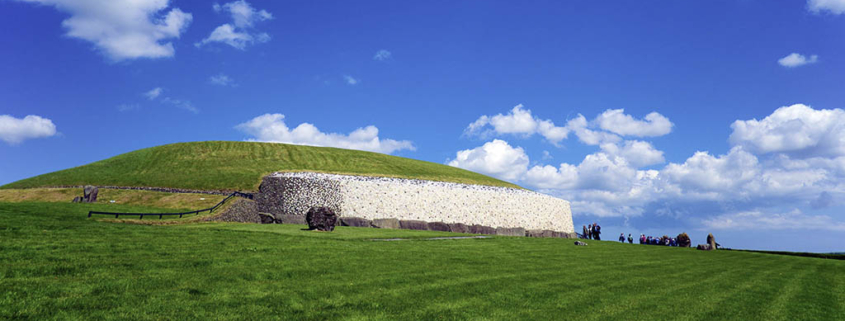

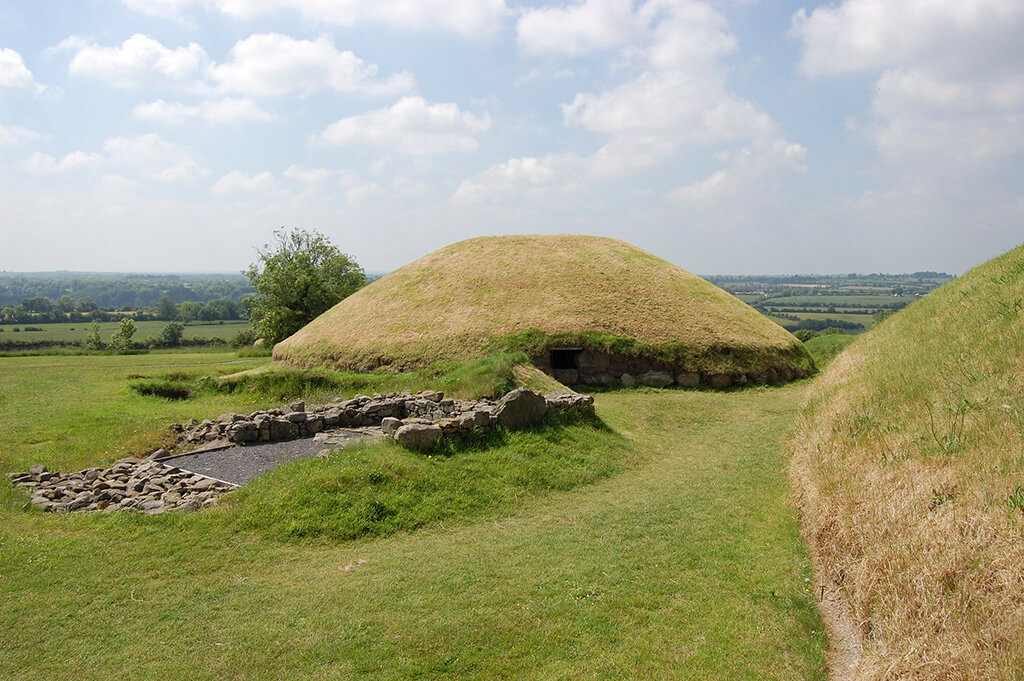
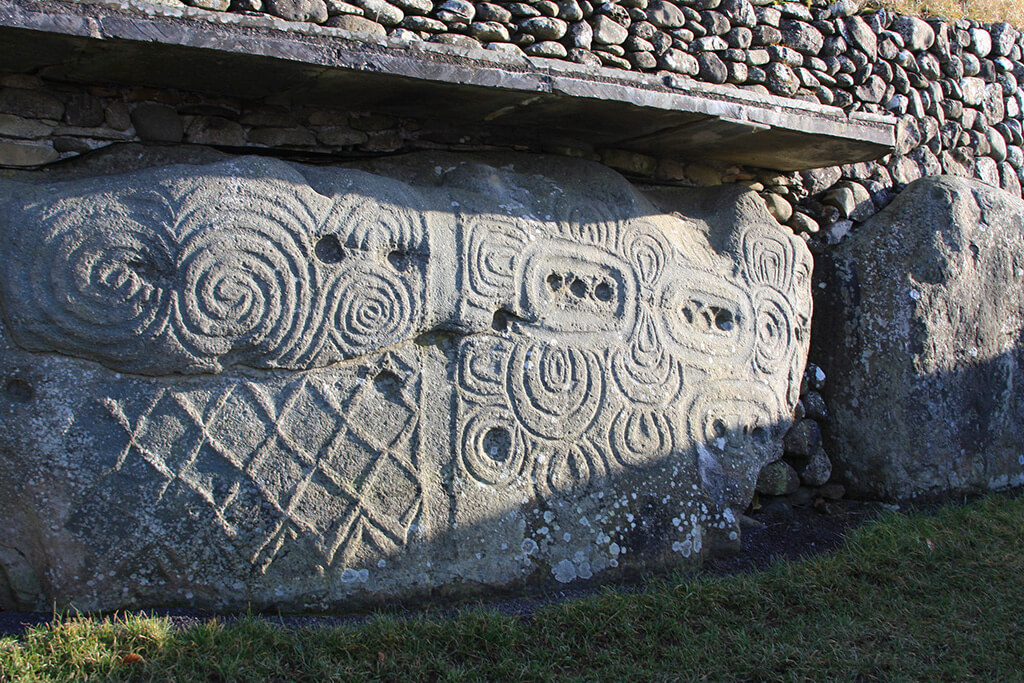
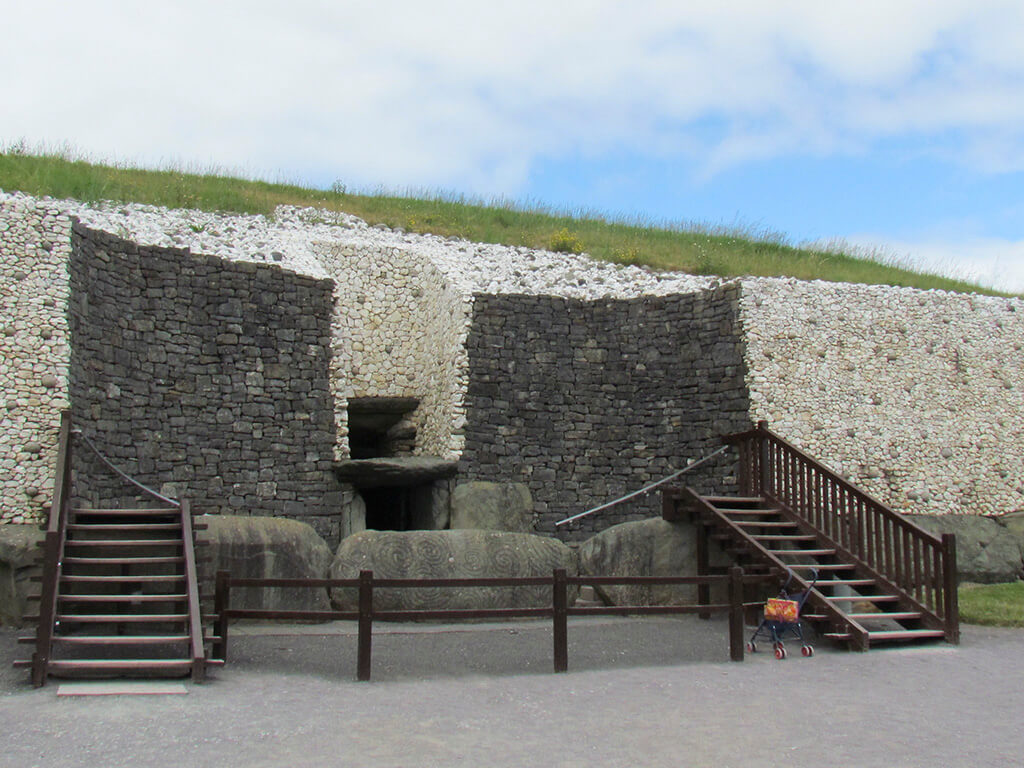
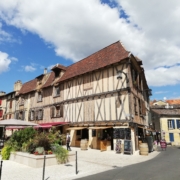 Eugene Tassart / Voyage10.com
Eugene Tassart / Voyage10.com  Wolfmann / Wikimedia Commons / CC-BY-SA-3.0
Wolfmann / Wikimedia Commons / CC-BY-SA-3.0 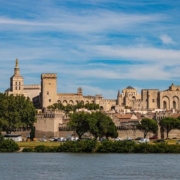 MoreToTheShell / Pixabay
MoreToTheShell / Pixabay 


 Rory Hennessey / unsplash.com
Rory Hennessey / unsplash.com Robert Anasch / unsplash.com
Robert Anasch / unsplash.com
Leave a Reply
Want to join the discussion?Feel free to contribute!